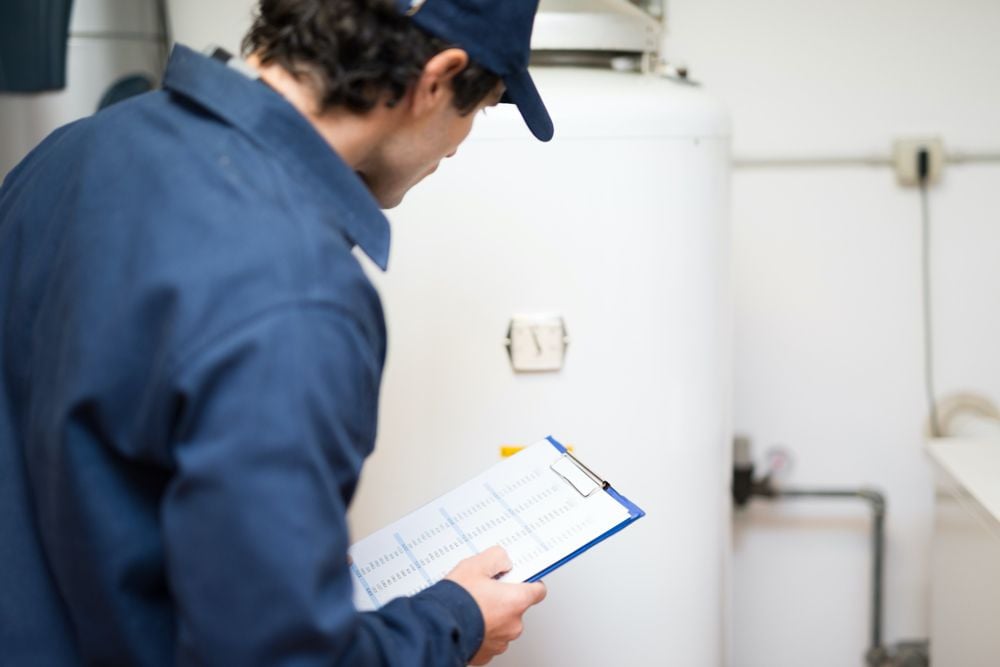Top 5 Water Heater Problems
)
Your water heater is one of the essential parts of your household’s comfort system. Showering, washing clothes, bathing, and cleaning dishes aren’t possible if your water heater can’t keep up. If your water heater isn’t working or starting to act up, it’s important to respond quickly and troubleshoot the problem.
Water heater problems can take all forms. Sometimes it’s a general lack of hot water—you run out just a few minutes into your shower. Other times, it’s inconsistency—some days the water is nice and hot; other days it’s lukewarm. If there’s really a problem, you won’t get any hot water whatsoever! At the first sign of any of these problems, it’s best to call a plumber to come out and troubleshoot your water heater problems.
If you have no hot water or your water heater is on the fritz, there are a few common culprits a plumber will look for. Here are five of the most common:
- Pilot light. A faulty pilot light makes it impossible for your tank to heat water. A weak pilot light (gas) or one that doesn’t always ignite can lead to many of the inconsistencies you’re experiencing from your water heater. Most times, a new pilot light is all it takes to return the function to your tank.
- Heating element. If your water heater’s heating element (electric) is shot, it’ll need to be replaced. That, or the limit switch is faulty. Again, a plumber will need to assess this issue and likely replace the faulty parts or the tank itself. The good news is a replaced heating element can extend the life of a tank by years!
- Anode rod. There’s a rod in the center of your water heater called the anode rod, which exists to prevent corrosion within the tank. If this rod is degraded enough, your tank may start to suffer wear and tear, leading to failure. An anode rod costs less than $50 and installs in minutes, and could improve the function of your tank.
- Tank flush. Over time, sediment will build up in your water heater. This sediment can block the pressure relief valve and cause plumbing blockages that reduce the amount of hot water available to you and the pressure at which it’s delivered. Flushing the tank is often enough to resolve sediment issues, although they may require additional maintenance if sediment buildup is severe.
- Colors or odors. If your hot water smells a little funky or has an unappealing hue to it (yellow, brown), there’s something brewing in your tank. Odd smells are the result of bacteria in the tank. Kick the thermostat up to 140 and let the tank heat for a cycle before turning it back down—high heat kills bacteria. Odd colors signal corrosion—replace the anode rod and flush the tank.
Paying attention to your hot water supply and any symptoms your tank might exhibit can help you avoid being out of hot water when you least expect it. We can help: (289) 404-9063 or email info@pipemasters.ca to have your hot water heater serviced by a professional. we’ll be happy to provide our services and tips.
PipeMasters is part of Oakridge Plumbing Ontario Ltd. and serves the East GTA, Durham Region, North to Lindsay & Peterborough, out to Cobourg and all points in between. Pipemasters is part of Oakridge Plumbing Ontario Ltd. All Right Reserved.
| Tags:Plumbing Tips |



